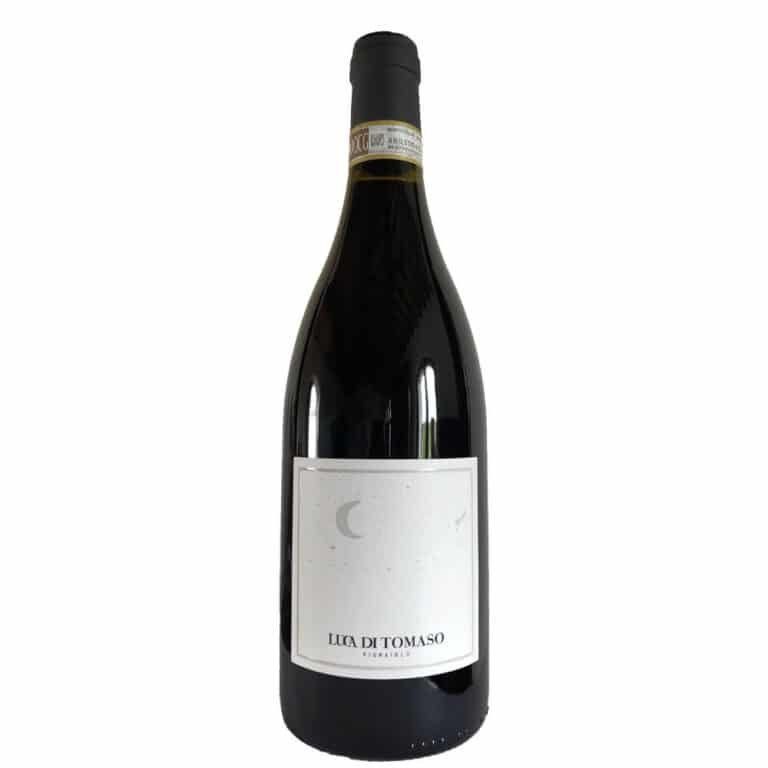Written by Leandra Ipina
As an Ambassador for Latinas Wine Club we are all about educating and exploring unique wine regions of the world! As things are starting to open back up, we are looking forward to traveling more but in the meantime, let’s go to Italy! More specifically, let’s venture to Umbria, the green heart of Italy, which borders Tuscany, Lazio and Le Marche. When I think of Umbria, I think UMMM-bria the wine, as in bring the wine! You probably haven’t heard of Umbria because its neighbor Tuscany takes the spotlight in Italian wine. I wanted to bring attention to Umbria because it is an amazing region in Italy that is not as well known. Within Umbria, the Montefalco region has the most notoriety with a focus red grapes like Sagrantino and Sangiovese, and white grapes such as Trebbiano, Grechetto, and Verdello.
I first started my journey with Umbria wines after attending an event with Latinas Wine Club, Vegan Wines and Black Girls Wine. I posted about all the wines we tried so if you are interested check it out. The event was amazing and I liked the wine much, I decided to write about some typical wines of the region:
Discovering Umbria
Umbria Bianco
One of the white wines we explored during our class was La Veneranda Aureo Umbria Bianco. This is a white wine with a straw yellow color. On the nose you get some green apple, honey and white flowers. The wine immediately exceeded my expectations the first time I tasted it and now for the second time as well. A bright, acidic white wine with notes of baked apples, flowers, and slight minerality. The grapes shine through this wine as it is a low intervention wine, like most made from this region. Every person I have introduced this wine has loved it, even those “red only” wine drinkers!
Sagrantino
After I tried my first wine from Umbria, I knew I needed to learn and try more. I quickly realized how this region has some truly unique and great quality wines. Most people have heard, and tried, a Sangiovese wine from Italy which drew me more to the Sagrantino grape. There is not a ton of information on how the grape came to be, but one theory is that it was brought from Asia Minor.
Sagrantino grows around the small hillside village of Montefalco. If you have never heard of the Sagrantino grape it is best known in the region of Umbria and is one of the world’s most tannic grapes. The large amount of tannins come from polyphenols which are antioxidants. In short, wine gets its polyphenols from the grape skins and the more skin contact, the more polyphenols aka tannins.
I decided to try two wines made with Sagrantino grapes. Both are from the same producer although one is 100% Sagrantino and the other only has 20% and some of the famous Sangiovese grape we talked about earlier. My goal here was to see how the Sagrantino grape affected the wine. In general, the grape will have spicy aromas like cinnamon, nutmeg, are typically darker in color and have a thicker texture. Here’s what I found:
Luca Di Tomaso 2016 Rosso Umbria (70% Sangiovese, 20% Sagrantino, 10% Cabernet Sauvignon)

The wine was a dark ruby color but also had some variation in the rim with some red-brick andbrown tones. On the nose it was herbaceous and I smelt some plum. The first thing I felt when I took a sip were the tannins and I thought if this is just 20% Sagrantino what will 100% taste like.
For being quite tannic I did not get as much smoke from the wine but did get some red fruit come forward and black pepper. Overall, I really enjoyed the wine and thought it would
accompany food really well. My ideas for pairing would be something hearty a mushroom
stroganoff or an Impossible burger-YUM.
100% Sagrantino: Luca Di Tomaso 2016 Montefalco Sagrantino, DOCG:

The color was insane it was an opaque red wine with blue undertones. The aromas on the nose included some dark fruit, like plum, cherry and slight bit of vanilla. On the palate there was a little smoke but it was not as prevalent as I would have thought. The tannins were softened by oak aging, but they were definitely more prevalent in the wine than the Rosso Umbria. I fully developed and complex wine that would be enhanced by food. Pair with a veggie pizza or some pasta with aged parm on top! (Also available at veganwines.com)
If you are not drinking and experimenting with wines from Umbria you are missing out! I’m grateful for Latinas Wine Club for teaching about their unique and vibrant wines. Go try them out and next time someone says Umbria, I hope you say UMMM-bria the wine! Cheers!
Xoxo, Leandra
Make sure to check me out on Instagram at @leedrankwhat

